Thanks to my awesome colleague Rachel and her Teams team I see so many interesting articles on GAI these days! For example the one by Yin et al. (2024) on how politely we should be talking to GAI in order to get the best results.


Thanks to my awesome colleague Rachel and her Teams team I see so many interesting articles on GAI these days! For example the one by Yin et al. (2024) on how politely we should be talking to GAI in order to get the best results.
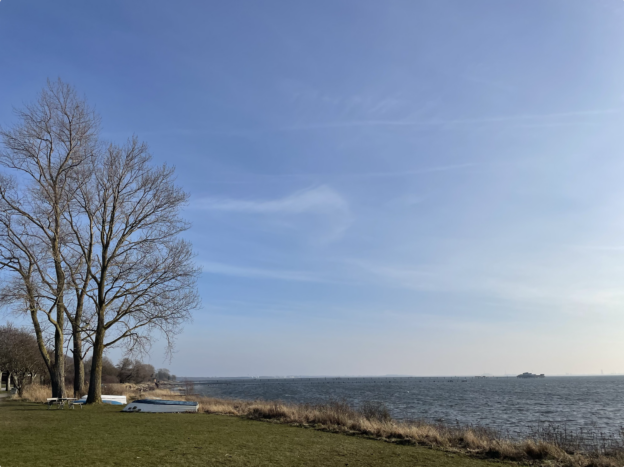
There are different ways to approach academic development: courses are very common with different lengths and amounts of collaboration built in, as loose collection of seminars or with progression over several courses, as are inspirational presentations, or individual seeking of informations in podcasts or blogs. Those approaches depend both on what individuals seek out, and what institutions offer. Here, I briefly summarize what academic development as horizontal learning means.
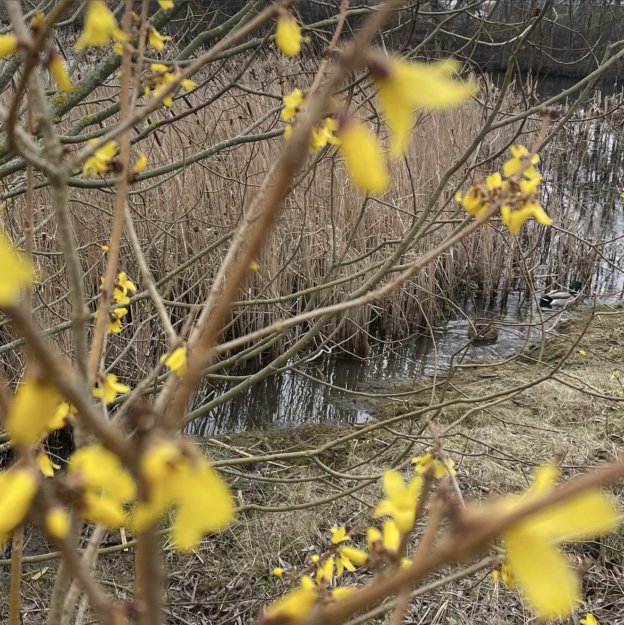
My friend Sigrid does short interviews with trainers and facilitators on her company Memogic‘s youtube channel, and I watched the interview with Inna Fischer (in German) yesterday. Inna’s energy was super inspiring, and she mentioned the “Liberating Structures”, which I then realized I had never blogged about before. So here we go!
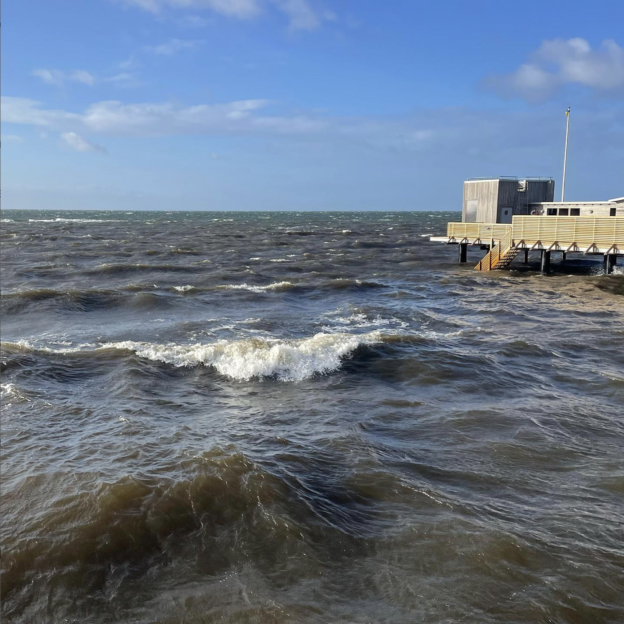
Update from my #WaveWatching Insta. Enjoy!
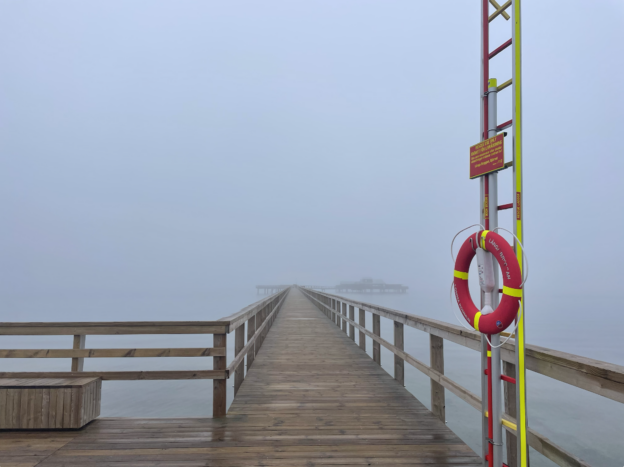
Kirsty “gave me the task” to (that sounds harsher than it was — she pointed me to a super interesting article and we agreed to both) do a concept map following the Kinchin et al. (2018) article on “Researcher-led academic development”, so before I could do that, I had to read… And that spiralled a bit out of control, into considering my positionality as an academic developer in research and teaching. Here are some preliminary thoughts.

Implementing education for sustainability throughout an institution is a huge challenge, so I am currently reading up on what we might be able to learn from other places. Högfeldt et al. (2023) report on how since 2011, KTH Royal Institute of Technology, Stockholm, has gradually implemented sustainable development in their programs and culture.

Belonging is a tricky concept and there is no consensus on how to measure it. And belonging can be in the university environment, in a course, in a discipline, with peers… Many scales include an aspect of “fitting in”, which is then sometimes turned around on students as pressure to fit in with their peers, or a deficit if they don’t. And the focus is often on students that are in some way “disadvantaged”, which basically means everyone who is not young, white, middle class and male. But despite “belonging” maybe not being what we should be looking at, or maybe not even exactly what we mean, I read a bit more.
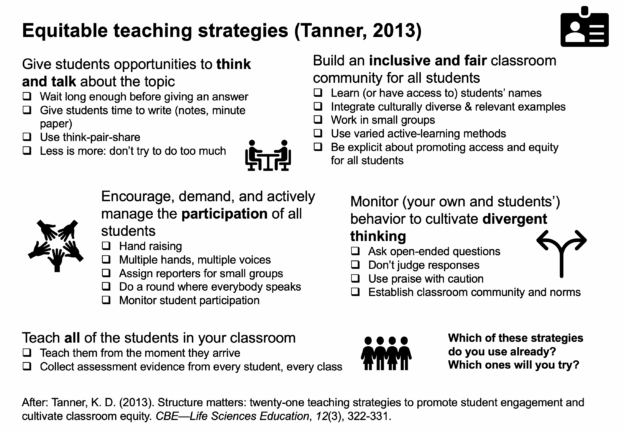
Teaching for sustainability is about so much more than teaching the content and skills described in the SDGs, or even the cross-cutting sustainability competencies. Today, I talked with teachers who asked what they could do in their courses where the curriculum does not mention anything related to sustainability, and if they should even do anything. Do all courses always need to connect to sustainability? In my opinion, everything is connected to sustainability, and even if you don’t want to explicitly address it in every course and all the time, there are so many things you can do to use your teaching on any content and skills for sustainability.
One article that I find super helpful is “Structure matters: twenty-one teaching strategies to promote student engagement and cultivate classroom equity.” (Tanner, 2013). It is not about sustainability, but it is contributing to it anyway by giving super simple teaching tricks that help teachers to pay attention that all students are invited to participate and to personally connect to the topic. In a nutshell (but go read the original article, since it not only provides a checklist but also explains why each of the strategies is important and why they work): Continue reading
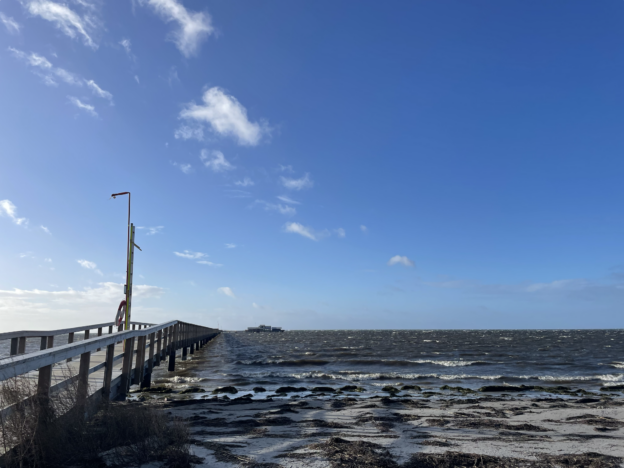
Following up on “PART I: Education and the challenge of building a more sustainable world” that I summarized here, and the first part and second part of the summary of “PART II: Choosing teaching content and approaches”, and my first part of a summary of
here comes my last bit of summary of this book!
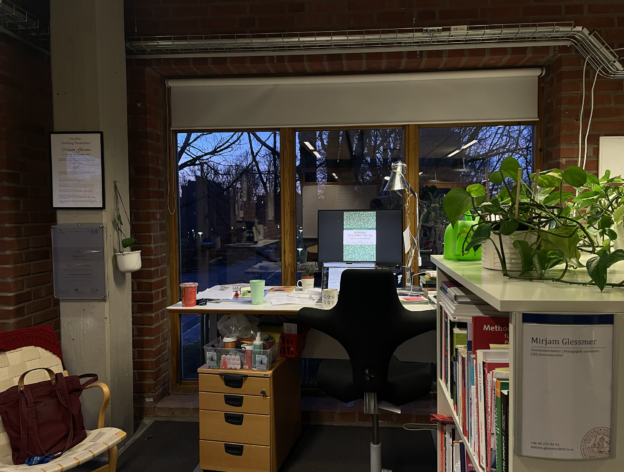
Following up on “PART I: Education and the challenge of building a more sustainable world” that I summarized here, and the first part and second part of the summary of “PART II: Choosing teaching content and approaches”, here comes my summary of